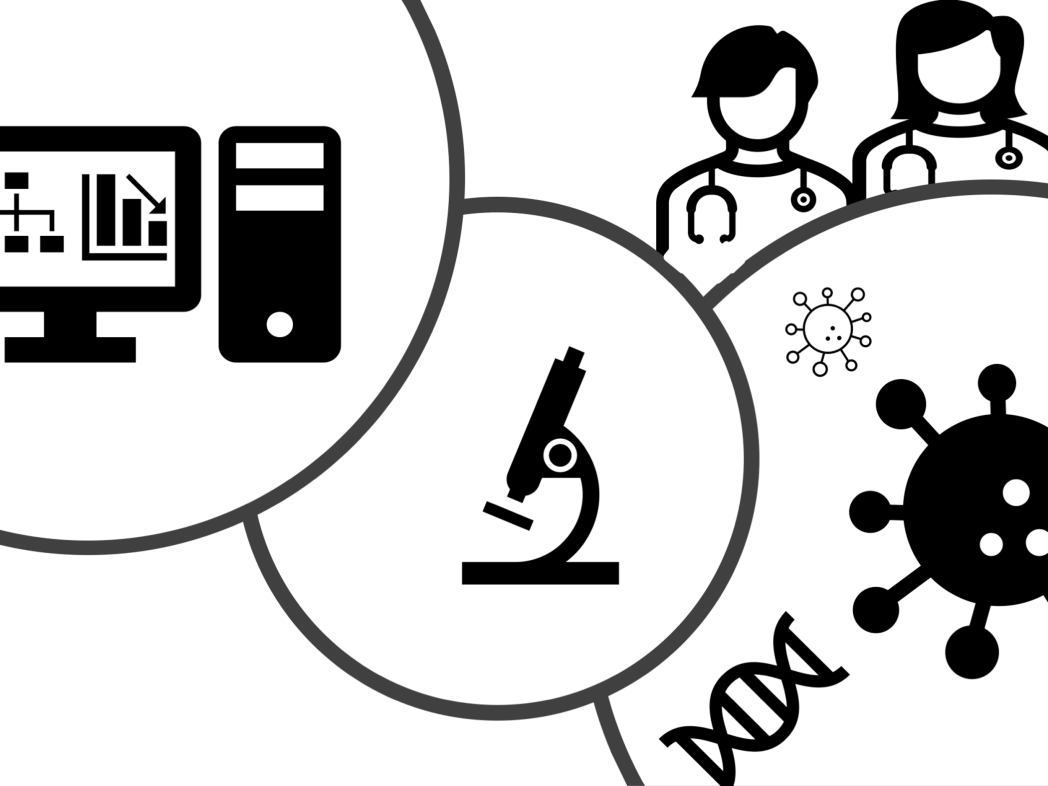
Event type Online Event
Locationonline
Departments ENG Faculty
Contact Paola Lecca
paola.lecca@unibz.it
Bioinformatics: from observation to data analysis
What are the challenges today in translating experimental observations into mathematical and computational models? Let's talk about them!
Event type Online Event
Locationonline
Departments ENG Faculty
Contact Paola Lecca
paola.lecca@unibz.it
Bioinformatics: from observation to data analysis is a short webinar series aimed at introducing an audience of clinicians, biologists and bioformaticians to recent developments in bioinformatics and mathematical biology for analysing biological, biochemical, medical, clinical and epidemiological data. With different aims and tools, bioinformatics and mathematical biology have for several years now constituted an irreplaceable support for the understanding of biological structures and their interactions, with considerable implications for medicine and the clinic.
Bioinformatics applies algorithms and statistical techniques to the interpretation, classification and understanding of huge biological datasets. Mathematical biology aims at the mathematical representation, treatment and modelling of biological processes, using a variety of applied mathematical techniques and tools. It becomes therefore crucial to constantly update researchers, practitioners, but also students in the branch about current studies and methodologies in these two areas.
In addition to informing the audience about advances in mathematical and information sciences to support biological data analysis, the event emphasises the important connection between experimental observation, the interpretation of the resulting knowledge, and the computational techniques themselves, which not only formalise and simulate the natural processes being observed, but above all increase understanding of them and the possibility of predicting new data and dynamics surrounding these same processes. Furthermore, in addition to practitioners, the event is also aimed at master's degree students who are interested in bioinformatics and in the current state of the art about the methods to observe and conceptualize biological and medical data.
Finally, as well as informing the public about modern statistical and mathematical modelling techniques and the fields of application that currently require their intensive use, the event also aims to alert to the appropriate use os statistics, the risks of misuse of these techniques and the consequent danger of misinterpretation of biological and clinical data.
List of speakers:
- Angel Canal Alonso;
- Alice Peng;
- Giulia Lombardi;
- Evert Bosdriesz;
- Halima H. Mouhib;
- Marianna Milano;
- Erica Tavazzi
Free registration for participants.